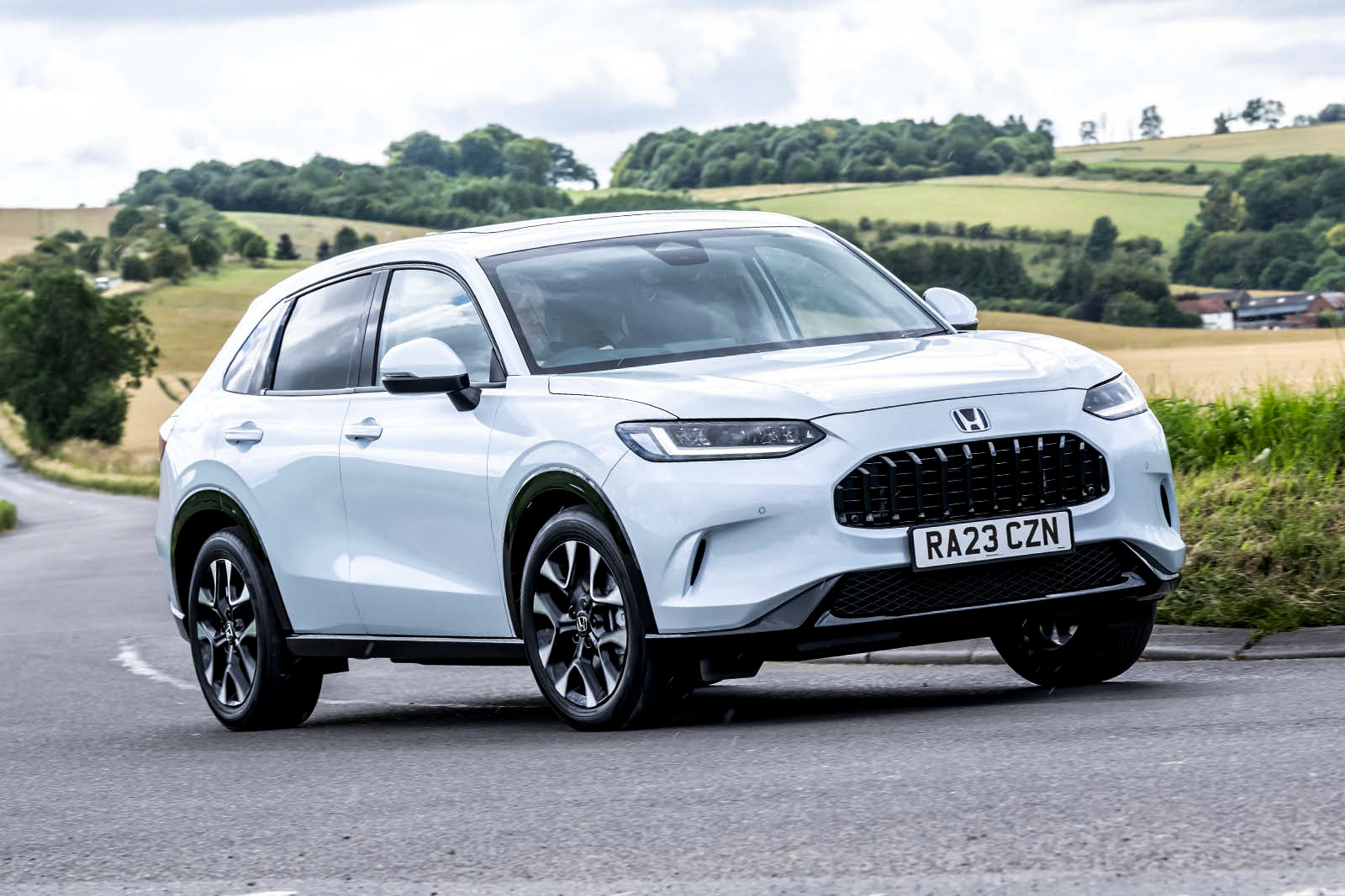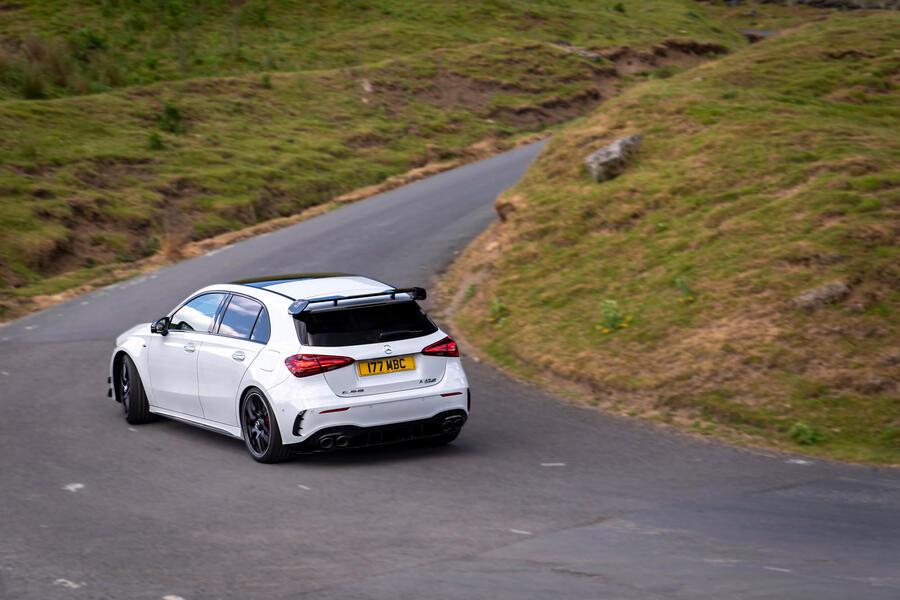The Hilux can be specified in single-cab or extra-cab bodystyles (the latter being what other pick-up makers call a king cab, with some storage space behind the front seats) at lower levels in the range. But the GR Sport, like other high-end forms, is double-cab-only, making this a vehicle with four doors and two rows of passenger seats. The rearmost seats are usable by most adults, but the available space is closer to that of a medium-sized saloon than a large SUV.
It has a flatbed load bay measuring almost a metre and a half in length and which can be ordered in an open configuration or have covered with a hardtop. We tested the car with an open flatbed, in which form it gets a black ‘sports bar’ as standard. Some might prefer a single cab and a longer load bay, but the lifestyle pick-up market is made up almost entirely of double-cab trucks like this, for whose owners the usability of a four- or even five-seat cab is key.
Some uniquely upholstered sports seats are an attempt to lift the ambience of the driving environment: they’re leather/Alcantara with ‘GR’ stitching and are comfy and accessible.
Some predictable performance touches are in evidence: metal-look ‘sports’ pedals and ‘GR’ badges on the steering wheel and sill trims, and one on the transmission tunnel that looks especially like an afterthought. If the idea of dressing up an interior such as this – clearly designed for durability and simplicity of functionality – to feel at all special seems strange in principle, the effect is likewise odd in practice. The glossy, red-accented carbonfibre trim on the dashboard doesn’t sit comfortably next to the plainer, harder-wearing mouldings around it. The speakers of the JBL premium sound system, plonked unflatteringly on the dashtop, look borderline absurd.
The primary control ergonomics are at least decent. The Hilux could do with more telescopic steering column adjustment for taller drivers, but that shouldn’t stop most people from getting comfortable at the wheel. Between a pair of gloveboxes, a good-sized armrest cubby and useful door bins, the cabin offers plenty of storage. Visibility is good in all directions, with surround-view cameras helping you park what is, don’t forget, a 5.3-metre-long vehicle.
As such, and compared with large SUVs especially, the practicality compromise offered by vehicles such as this remains a particular, and slightly strange, one. A medium-sized SUV offers greater passenger accommodation for a family, in a vehicle of a much more easily manageable and parkable size. The case for the pick-up hinges on what it might cost to run, what it might carry besides people and what else it might do for you.
Multimedia system

The Hilux’s ‘Toyota Touch 2’ infotainment system is nearly a decade old and has long been replaced in most of the firm’s passenger cars. While you perhaps don’t expect debuts of cutting-edge digital tech in a car such as this (it’s likely that many Hilux buyers would happily go without entirely), when what you’re offered feels like yesterday’s news, you can’t help feeling a little disappointed.
The system works through an 8.0in touchscreen interface surrounded by shortcut buttons, so it’s fairly easy to navigate without a lot of jabbing and swiping. Wired smartphone mirroring for both Apple and Android is included, but wireless charging isn’t.
The GR Sport is the only Hilux to get Toyota’s nine-speaker JBL premium audio system as standard, but it doesn’t do much to move the soul. Sound quality is still fairly thin, and the poor integration of the speaker design leaves much to be desired.
#Toyota #Hilux #Review #Autocar












